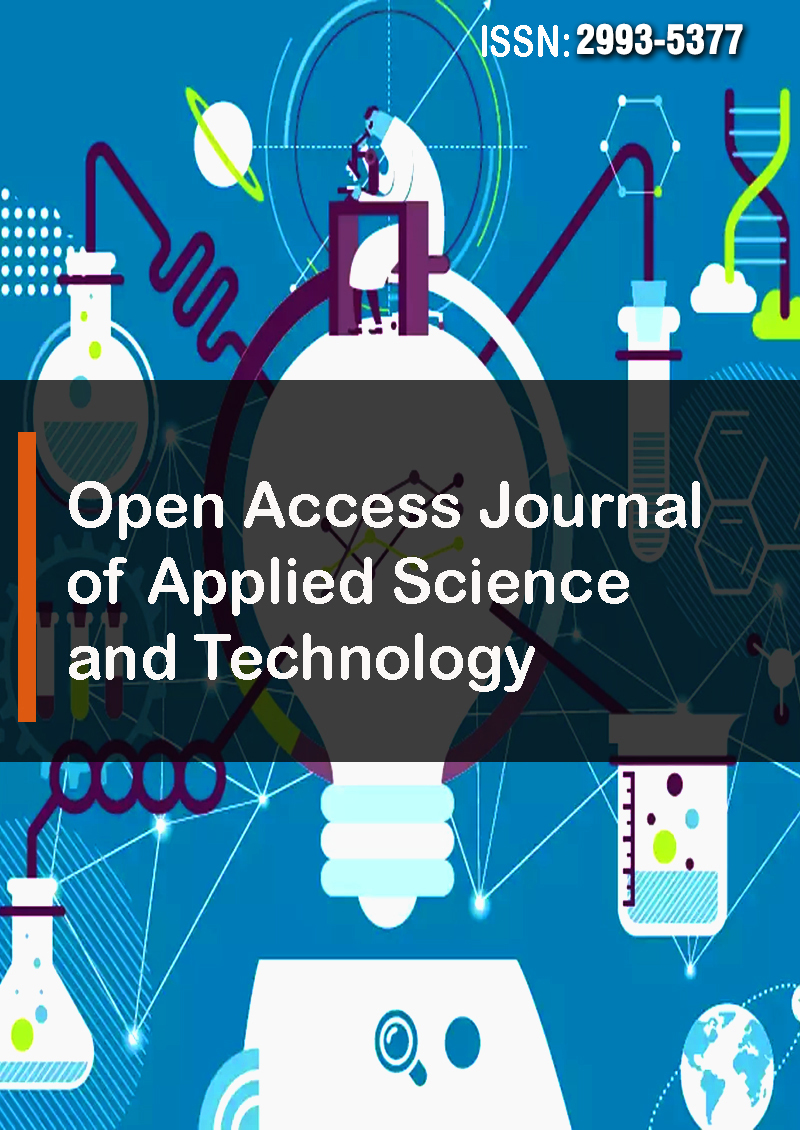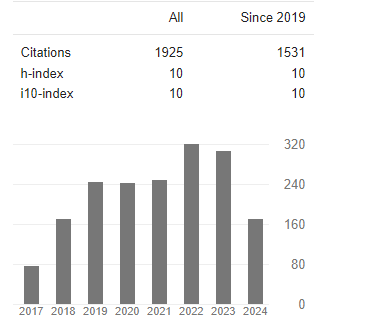The Effect of Self and Cross Pollination Using Honey Bee and Development in Complete Fruit and Seed Production in the Self-Incompatible Angiosperm in Brassica Rapa
Abstract
Mahbod Moayeri
Pollination was a process of transferring pollen grains from the male anther of a flower to the female stigma for plant reproduction and was an important mechanism in the life cycle of plants. This experiment involved a life cycle of Brassica rapa which was a member of the mustard or cabbage family. Brassica rapa was exceptional in its rapid development from seed to seed within four weeks. Morphological aspects and characterization of pollination was an important topic for developing fruit and seed production in the life cycle of the plant. The objective of this experiment was to assess the effects of cross-pollination on fruit and seed production of Brassica rapa. The major methods for this experiment required to use two Styrofoam quads as a control and a cross-pollinated watered the two seeds in each cell for three days of experiment and used honey bee for cross-pollination. The average of developed fruit in cross-pollination was 3.791 and the average of developed fruit in self-pollination was 1.170. The average of the mean seed in cross-pollination was 4.307 and the average the mean seed in self-pollination was 1.198. Therefore, the rate of developed fruit and the mean number of seeds were higher on cross-pollination than on self-pollination. Conversely, the average of undeveloped fruit in cross-pollination was 9.677 and the average of undeveloped fruit in self-pollination was 13.937. This result indicates that the rate of undeveloped fruit was higher on self-pollination than on cross-pollination. The means of the two groups (self-pollinated and cross-pollinated) were significantly different because the P-value for developed fruits, the mean number of seeds, and undeveloped fruits were 0.000, 0.000, and 0.001 respectively. This study concluded that regulated hydration of pollen for pollination and balanced hydration and dehydration cycle to pollen grains are the key result of this experiment.




